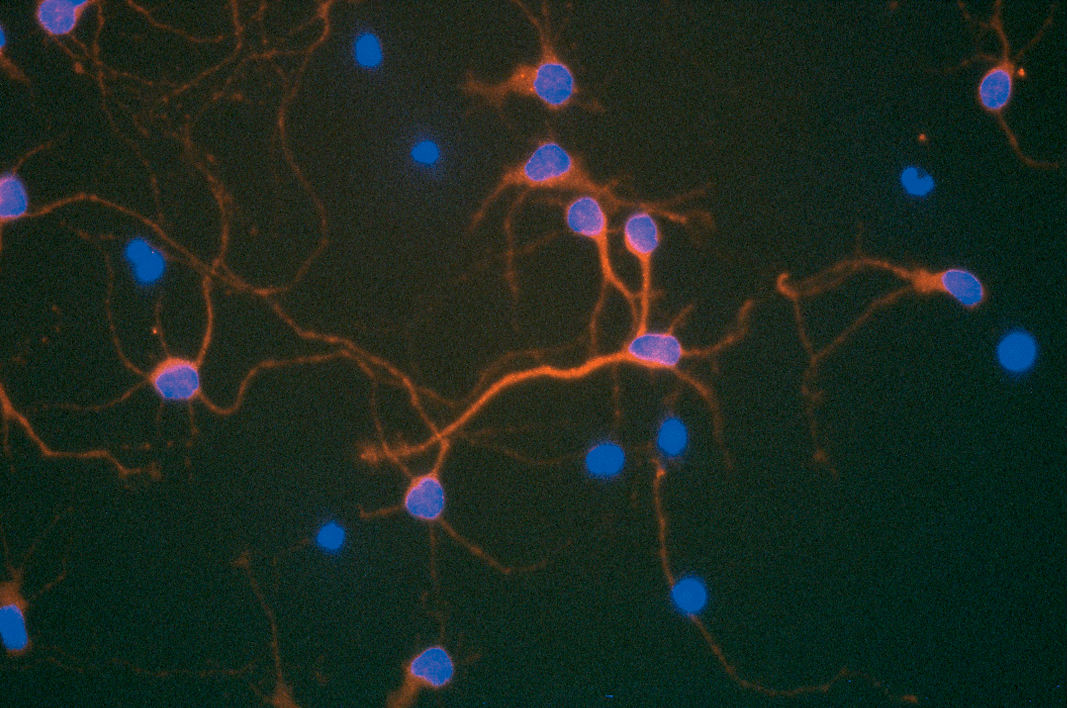
Worms from the heights of space and the depths of the earth were in the news last week, one well-known species soaring to the heavens as part of a space flight experiment and a previously undiscovered species revealing the surprising extent of multicellular life in the hidden depths of earth.
The Worm from the Heavens
Caenorhabditis elegans perhaps qualifies as the most well-known of all worms. This 1mm roundworm, is a staple model organism in molecular biology. It’s easy to grow and store, possesses a simple neuronal network, and is transparent, making it easy to study cell differentiation and development. It was the first multicellular organism to have its genome sequenced, and the developmental fate of all its somatic cells has been studied. In some ways we know C. elegans better than we know ourselves.


 Some of the first available doses of penicillin were used to treat allied soldiers wounded on D-Day. It was the end of one war, but just the beginning of another–one that has gone on for a long time. The story of the development of antibiotics, and the emergence of resistant bacteria, followed by the renewed search for new antibiotics, seems neverending. As soon as a new antibiotic is discovered, it seems only a matter of time before a resistance mechanism emerges, and remaining one step ahead of the bugs can seem like a relentless challenge.
Some of the first available doses of penicillin were used to treat allied soldiers wounded on D-Day. It was the end of one war, but just the beginning of another–one that has gone on for a long time. The story of the development of antibiotics, and the emergence of resistant bacteria, followed by the renewed search for new antibiotics, seems neverending. As soon as a new antibiotic is discovered, it seems only a matter of time before a resistance mechanism emerges, and remaining one step ahead of the bugs can seem like a relentless challenge. 



